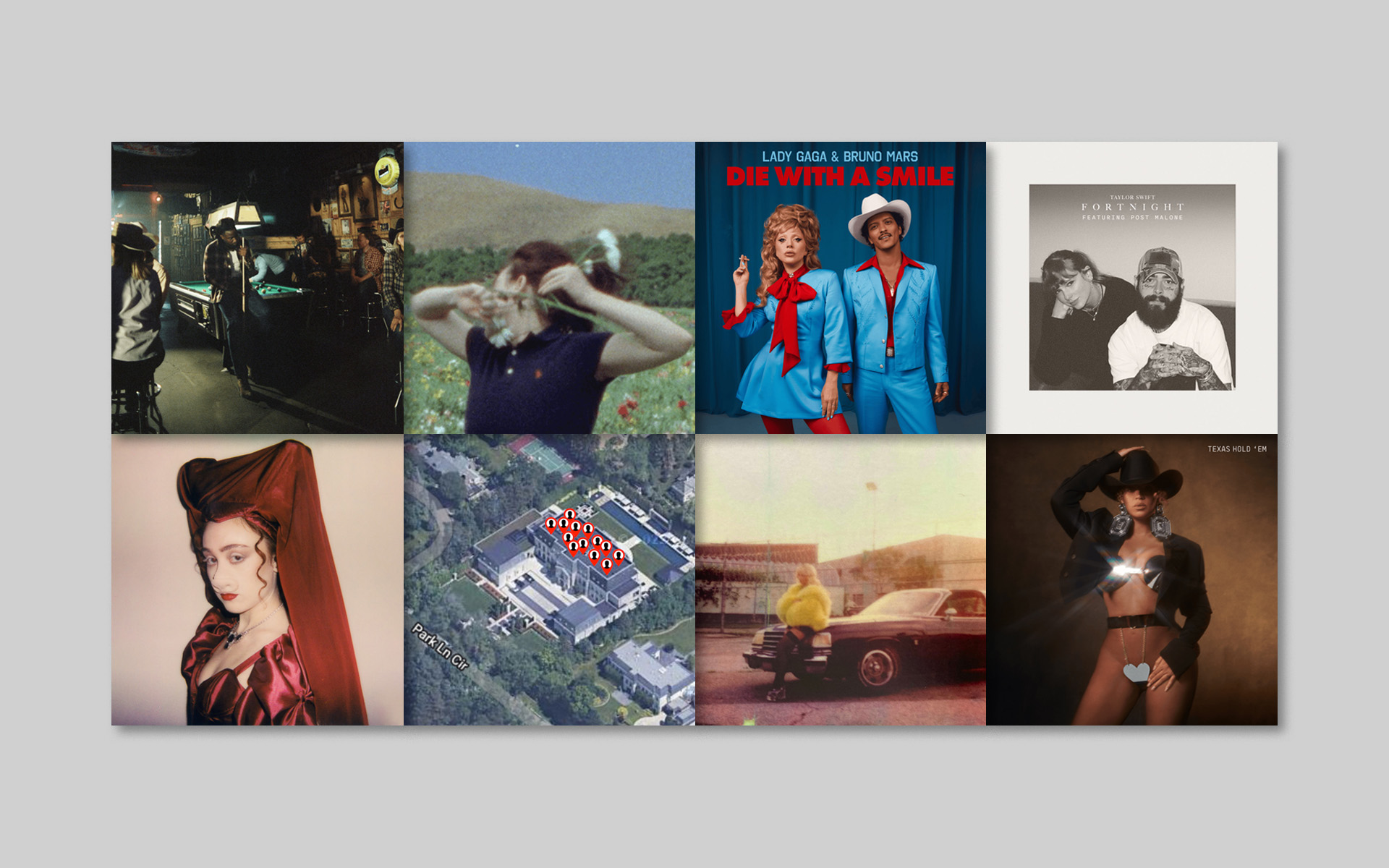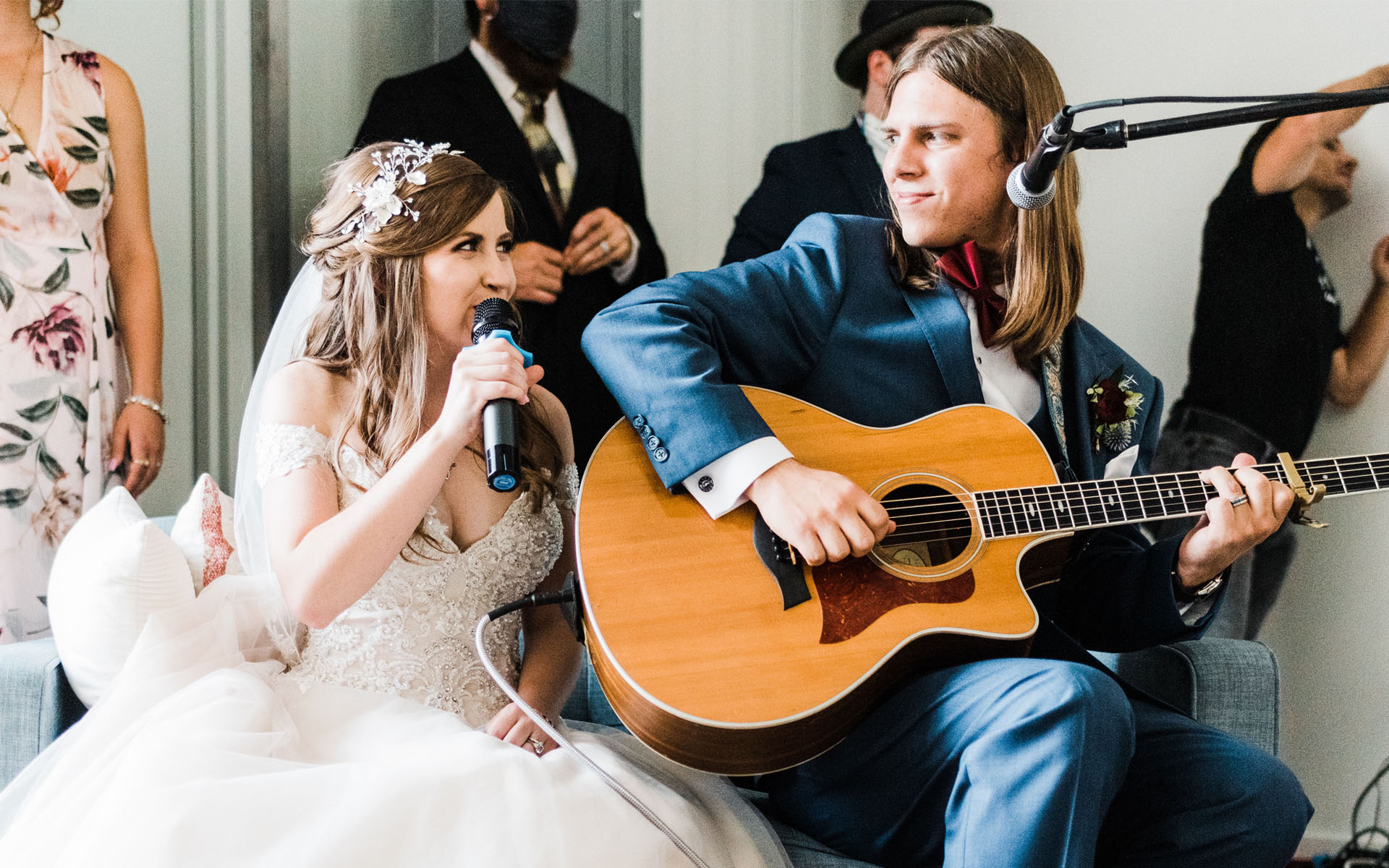In songwriting, I believe that there are only tools, no rules. However, there is one exception to this, which is prosody. The definition of prosody is when all elements work together to support the central message of the song, an appropriate relationship between the elements. It’s just common sense that everything in your song should be there for the same reason: to express the central emotion, the central idea, and the central purpose of your lyrics.
What is Prosody?
Now the concept of prosody was, at least to my knowledge, first expressed by Aristotle in his Poetics when he said that every great work of art exhibits the same characteristic. He called that characteristic unity, where everything fits together and everything works together. Unity and prosody are the same thing. Everything about the piece of work is there to enhance, express, communicate, and put the focus on the central idea. All of the elements work together.
Think about it: why would you want to put anything in your song that doesn’t belong? Why would you include anything that doesn’t aid and abet the communication of the emotion? Whatever that emotion is, the communication of the emotion that the song is there to express, that one idea that the song is there to express.
STUDY SONGWRITING WITH PAT PATTISON AT BERKLEE ONLINE!
Stable vs. Unstable
I’ve found that the most effective vehicle for expressing prosody are the two terms, stable and unstable, because stable vs. unstable covers everything, even though it may at first seem like a fairly broad brush. First answer the question: What idea are you dealing with? Then ask yourself: is that idea stable or unstable? From there you’ll work to create either this sense of stability or instability.
Let’s begin with your lyric ideas. You can characterize them as stable or unstable by saying the lyric aloud. Here are some examples:
I’m so grateful that you’re in my life.
I wish you were here.
Why can’t I talk to you?
Notice that the tone in which you say these ideas will completely change the meaning, and whether it is stable or unstable. Are you reading the lyric definitely, with a sense of longing, or another way? Your tone of voice is going to be your cue.
ENROLL IN LYRIC WRITING: TOOLS AND STRATEGIES
Putting it Together
So you know how you feel, you have your idea and that idea will be either stable or unstable to some degree. You have all these different colors and the tools that you have available: your melody, your harmony, your melodic rhythm, your harmonic rhythm, and your lyrical tools are all there to help you craft your idea.
But remember: the first thing to do is ask, how am I feeling in this song, stable or unstable? Is this verse, stable or unstable? Is this line, stable or unstable?
If you look at the lyrics of any song, you’ll see it’s unusual for an entire song to be solely stable, or solely unstable. Most songs have both dynamics. For example:
I was so lonely (unstable)
and then I met you, (stable)
and I’m lonely again, (unstable)
because I met you.” (stable)
It’s very flexible. But once you start viewing the whole process of creation of the song through the central idea of prosody—that everything must work together, that everything fits together to communicate the central idea, you start assessing the lines of your song, and the general intent of your song through the grid of stable vs. unstable—then you’re into the process of making choices, which songwriting is all about, and which art is all about; making choices for a reason.
Then you no longer have to depend on your songwriting choices just coming up intuitively, although that is definitely great. But as the choices come up intuitively, you are now in a position to say, “Does this intuitive idea that I have fit into this unity that I’m trying to create?”
Practice
Again, say the following ideas aloud and see whether your tone strikes you as stable or unstable:
- Thank you for making my life so wonderful.
- The good old days.
- I’m missing you now.
- He’s a local hero.
- My side of the bed.
- I look at ghosts.
As you can see, your body language and tone of voice fit into all of this. But just remember that they are just expressions of the way that you feel. And when you hear an idea, it will resonate in some way with you and you’ll have a sense of how you want to express that idea. Or if you don’t, you can simply say, “What would I mean if this idea were stable or unstable?” And then almost anything will take on a different color if you look through these grids.
ENROLL IN LYRIC WRITING: WRITING LYRICS TO MUSIC
Prosody and Rhyme
Any time two words contain the same vowel sound in their stressed syllable, they could be useful rhyme candidates. You simply must figure out what you want to say and how resolute it should feel, and choose rhyme types accordingly. The goal, as always, is to say what you mean.
Prosody of rhyme types gives you a sensible way to help you choose. First let’s review perfect rhyme, family rhyme, and assonance rhyme:
Perfect Rhyme
- Identical vowel sounds
- Consonants sounds following the vowel (if any) are identical
- Rhyming syllables begin differently
Examples: fire/desire, tears/fears, eyes/surprise/lies, hand/understand
Family Rhyme
- The rhyming syllables have the same vowel sounds
- The consonant sounds after the vowel are phonetically related
- The rhyming syllables begin differently
Examples: mud/truck, love/blush, strum/hung
Assonance Rhyme
Assonance rhymes are simply vowel rhymes. Only the vowels are the same. The consonants are unrelated.
Examples: read/cheap, life/tide/ snow/rose
Perfect rhyme or family rhyme support stable or resolved meaning. Therefore, you’ll want to use more remote rhyme types, such as assonance rhyme, to support unstable or unresolved meaning.
You think that I’ll get over it?
Just stand right there and watch me split.
Sounds like it’s really over. The perfect rhyme supports resolution. It feels like this person means it.
You think it’s something I don’t mean?
Just stand right there and watch me leave.
Now we’re not on quite as solid ground. The rhyme connects, but doesn’t fully resolve. The assonance rhyme creates an ambiguity: part of it, the vowel, resolves. Part of it, the unrelated consonant sounds after the vowels, does not resolve. This ambiguity could support a situation where they really don’t want to leave.
This kind of prosody is impossible using only perfect rhyme, where everything comes to a perfect resolution. Some situations don’t resolve perfectly: a good reason to expand your rhyming techniques.
The various rhyme types create a lot more opportunities to say what you mean and still make it rhyme. Start exploring the possibilities of prosody in your songwriting today!
ENROLL IN LYRIC WRITING: WRITING FROM THE TITLE












